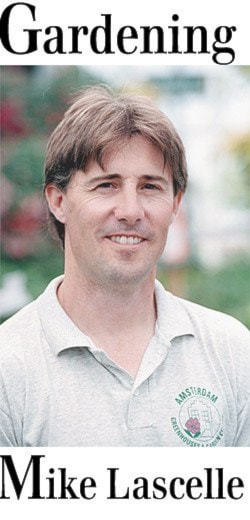If it wasn’t for the morbid curiosity of 10-year-old kids, I’m not entirely sure that there would be a viable market for carnivorous plants as it takes the innocence of childhood to be objective about the rather gruesome act of ingesting another living being – although every time we go out to a restaurant we see ordinary people chomping down on chicken, pig and cow (no offense to the vegans out there), albeit dead, processed and usually somewhat seasoned to taste.
Still, carnivorous plants are a bit of an anomaly, an evolutionary miracle that still retains the normal processes of flowering and reproduction by seed, but whose primary feeding involves the digestion and osmosis of nutrients by means of pitfall traps (Sarracenia or Pitcher Plants), sticky tentacles (Drosera or Sundew) or modified leaves (Dionaea muscipula or Venus Flytrap) that act as spring traps, closing upon prey as soon as the internal plant hairs are disturbed.
One of the reasons for this unusual means of attaining nutrients is that many carnivorous plants grow in acidic bogs or as epiphytes (such as some Nepenthes) on bushes or trees, with both these environments limiting the potential of nutrient uptake by conventional roots – hence, the adaptation to next most common source of food in swamps and jungles – bugs.
Some of these such as the Venus Flytrap are rare in the wild and can only be found within a 60-mile radius of Wilmington, North Carolina – although it has naturalized in parts of Florida. As I found out recently, they are no longer just ‘Little Green Monsters,’ but are now available in a fabulous array of colours, including burgundy (‘Akai Ryu’ or ‘Red Dragon’), green with a contrasting red ‘mouth’ (‘B-52’) and bright chartreuse (‘Justina Davis’), with most of these being produced through cloning or tissue-culture.
The care of Venus Flytraps is specialized and you will need to use only rain or distilled water, allowing them to wick up the moisture from the bottom.
It is also important not to trip the traps without feeding them (kids will often poke them incessantly), as each can only open three to four times during its lifespan and you can’t use fertilizers, as these harm the plants.
The biggest mistake most people make is not giving their Venus Flytrap a dormant period (placing in a cool, dark place such as north-facing window for about three months) – if left in a heated house over winter, it is likely to perish.
Pitcher Plants, or Sarracenia, are the next most common cultivated carnivorous plant and these trap insects with upward facing pitfall traps or tubes with digestive juices accumulated at the bottom (most keep the rainwater out with a hood or operculum).
Insects enter the tube, attracted by nectar glands, and are unable to get out due to slippery sides and downward-facing hairs that do not allow them to back up.
Over time, the prey drowns and is digested by the enzymes. But the tubes do fill up with bug corpses and eventually slough off at the end of the season.
I remember an incident a few years back when I was pruning out the old bug-filled pitchers one autumn and the one I had just cut off started vibrating in my hand like a pager. It scared the heck out of me, so I dropped it immediately, although once opened I found a living bumble bee at the top who happily flew away once freed from the plant hairs.
As with all temperate plants (they are native from Canada down to the southern United States), they require a winter dormancy or cold period, but can easily be grown outdoors in containers, such as those featured at VanDusen Gardens.
Sundews or Drosera actually grow locally in the boggy edges of Whonnock Lake (D. rotundifolia), although the one you are likely to find in the store is Drosera capensis, a South African native. This, along with Nepenthes or Tropical Pitcher Plant (which is often grown in hanging baskets), both thrive indoors during our winters, so you still enjoy your gore-fest during the off season.
• For more on carnivorous plants, visit www.mikesgardentop5plants.wordpress.com.
